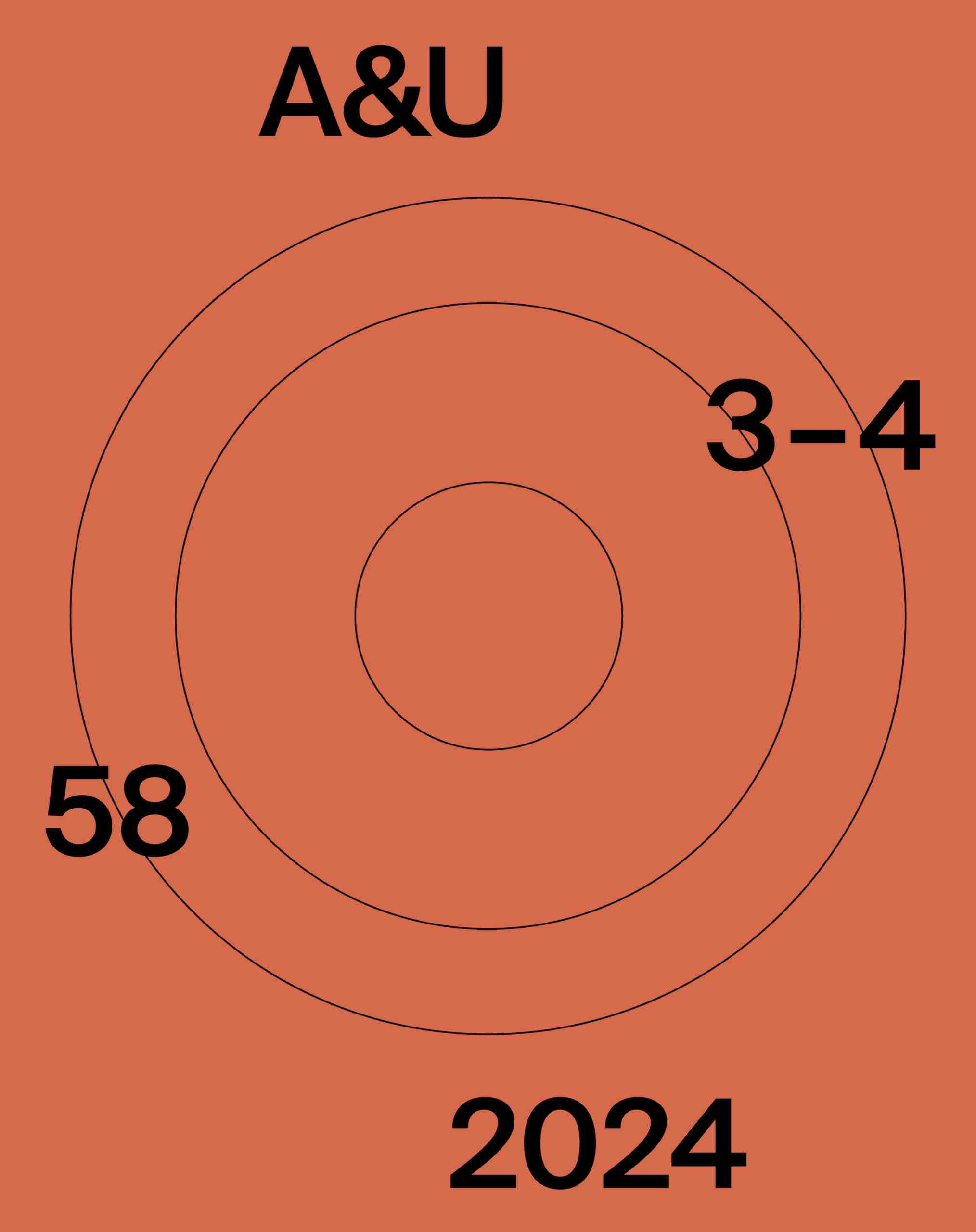Open Spaces, Green Areas: The Szeged Circular Embankment as a Green Ring in the Plans of Endre Pálfy-Budinszky
Open Spaces, Green Areas: The Szeged Circular Embankment as a Green Ring in the Plans of Endre Pálfy-Budinszky
Author(s): Anna VáraljaiSubject(s): Cultural history, Environmental Geography, Comparative history, Environmental and Energy policy, History of Art
Published by: Historický ústav SAV, v. v. i.
Keywords: urban planning; city planning; green belt; green city; circular embankment;
Summary/Abstract: In 1879, the Hungarian city of Szeged was destroyed by the flooding Tisza River, necessitating its rebuilding from Lajos Lechner’s plans. With it, Szeged developed a central urban structure, with a circular embankment aligned with the boulevards protecting it from floods (Szegedi Körtöltés). In the 1930s, Dr. Endre Pálfy-Budinszky, Szeged’s chief architect, began developing a modern green space system plan, focusing on the Tisza and its green belt, the circular embankment, and the green space along the embankment. To ensure that the embankment would function as a green belt rather than a border, he also considered the city’s other green spaces and planned green strips between the boulevards. He also adopted Gestalt psychology in designing a green space network starting with the circular embankment’s characteristics. This study introduces measures for green spaces in the 1930s, their cultural and intellectual background, and their European context based on historical sources and archival documents.
Journal: Architektúra & Urbanizmus
- Issue Year: 58/2024
- Issue No: 3-4
- Page Range: 284 - 297
- Page Count: 14
- Language: English

